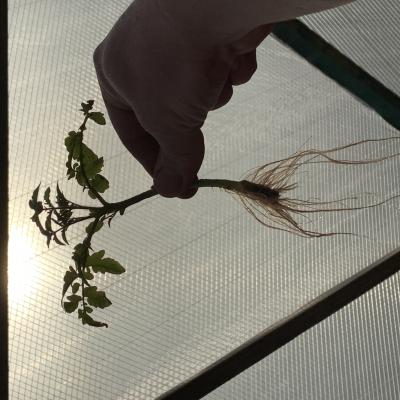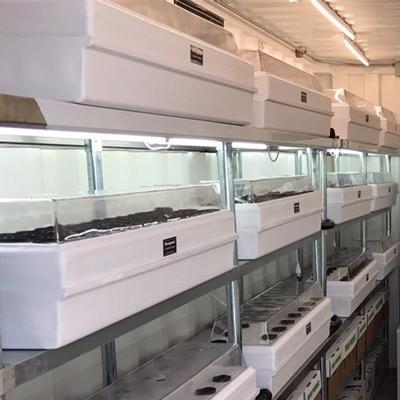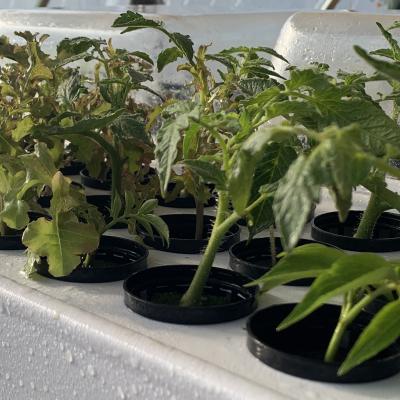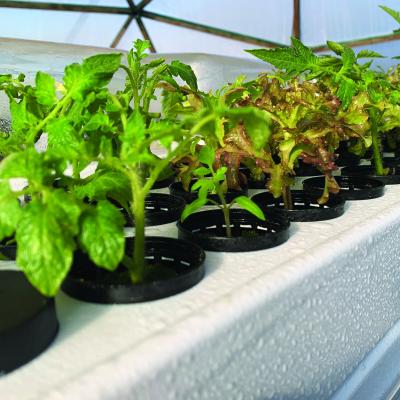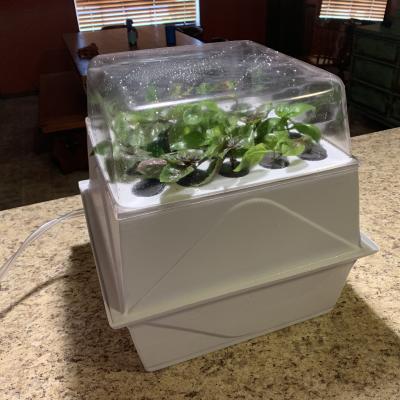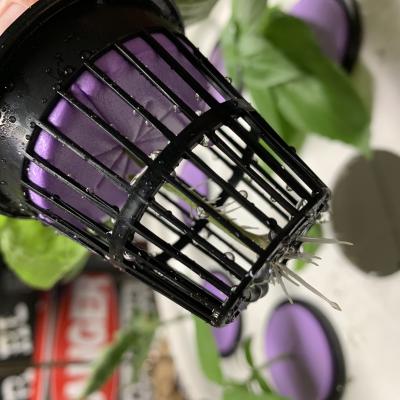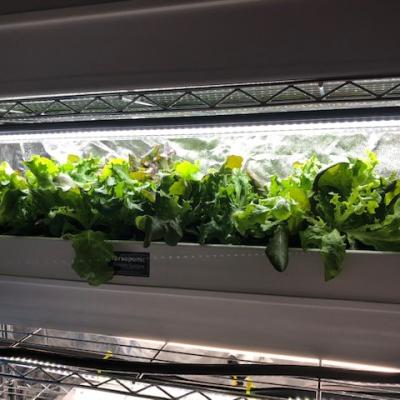Navigating the realm of plant breeding often involves deciphering an intricate language rich with specialized terms and acronyms. This glossary aims to unravel the lexicon of plant breeding, providing clear definitions and explanations for key terms, fostering a deeper understanding of this science.
Backcross (P1): The name of the parent to which a hybrid is crossed in a backcross, representing the original parental generation used to develop F1 hybrids or stabilize true breeding.
F1 Generation: The progeny produced from a cross between two parents (P1) is called the First Filial or F1 generation. This term is applicable when two different Inbred Line (IBL) strains are crossed for the first time.
F2 Generation: The progeny resulting from self-hybridization or inbreeding of F1 individuals is termed the Second Filial or F2 generation.
Calyx: The whorl of sepals of a flower collectively forms the outer floral envelope or layer of the perianth, typically in a green hue.
Capitate Stalk (Botany): This term describes the formation of a head-like mass or dense cluster, often found in plants of the composite family. The structure is enlarged and globular at the tip.
Clone: An organism descended asexually from a single ancestor, such as a plant produced by layering or a polyp produced by budding.
Dominant: This refers to an allele that produces the same phenotypic effect whether inherited with a homozygous or heterozygous allele, meaning that a single copy of the chromosome can cause the dominant trait to be expressed in the phenotype.
Genome: The total genetic information possessed by an individual, a breed, or a species.
Genotype: The invisible genetic makeup of an individual organism, including alleles which may be recessive and therefore have no visible physical expression.
Homozygous: An individual possessing identical alleles for a trait is considered homozygous or pure for that trait. A homozygous individual always breeds true for that trait.
Hybrid: A strain formed from two genetically unknown parents, typically not referred to as a strain.
Inbred Backcrossed Line (IBL): An IBL is produced by at least five generations of sequential inbreeding, self-fertilization, or backcrossing accompanied by selection within and between lines. These individuals are considered homozygous, or nearly so, and are genetically homogeneous strains growing uniformly from seed. IBLs are true breeding for particular traits.
Offspring: The progeny or descendants of a plant considered as a group.
Out-cross: A female is crossed with a male with the sole intention of inbreeding the sibling line to the mother plant.
Phenotype: The external, morphological appearance of an individual for any trait or traits, indicating the observable, qualifiable, and quantifiable representation of a trait.
Pistil: The female, ovule-bearing organ of a flower, including the stigma, style, and ovary.
Pistolate (Female): An adjective describing the female reproductive structure of a flower.
Pollen: The fine, powder-like material consisting of pollen grains produced by the anthers of seed plants.
Potency: The quality or state of being potent, referring to strength, efficacy, or effectiveness.
Recessive: Relating to a trait that is expressed only when the determining allele is present in the homozygous condition.
Resin: Resin glands in cannabis come in three types: Bulbous, Capitate-Sessile, and Capitate-Stalked.
Stamens: The pollen-producing reproductive organ of a flower, usually consisting of a filament and an anther. Staminate (Male) describes the male reproductive structure of a flower.
THC (Delta-9-tetrahydrocannabinol & delta-8-tetrahydrocannabinol): THC mimics the action of anandamide, a neurotransmitter produced naturally in the body, binding with cannabinoid receptors in the brain to produce the 'high' associated with marijuana. THC has high UV-B absorption properties.
Trait: A genetically determined characteristic or condition, typically associated with a specific recessive trait.
Trichomes: Cannabis resin glands known for their resin-producing capacity.
This glossary provides a comprehensive reference for plant breeders and enthusiasts, offering clarity on the terminology intrinsic to the science of plant breeding.

